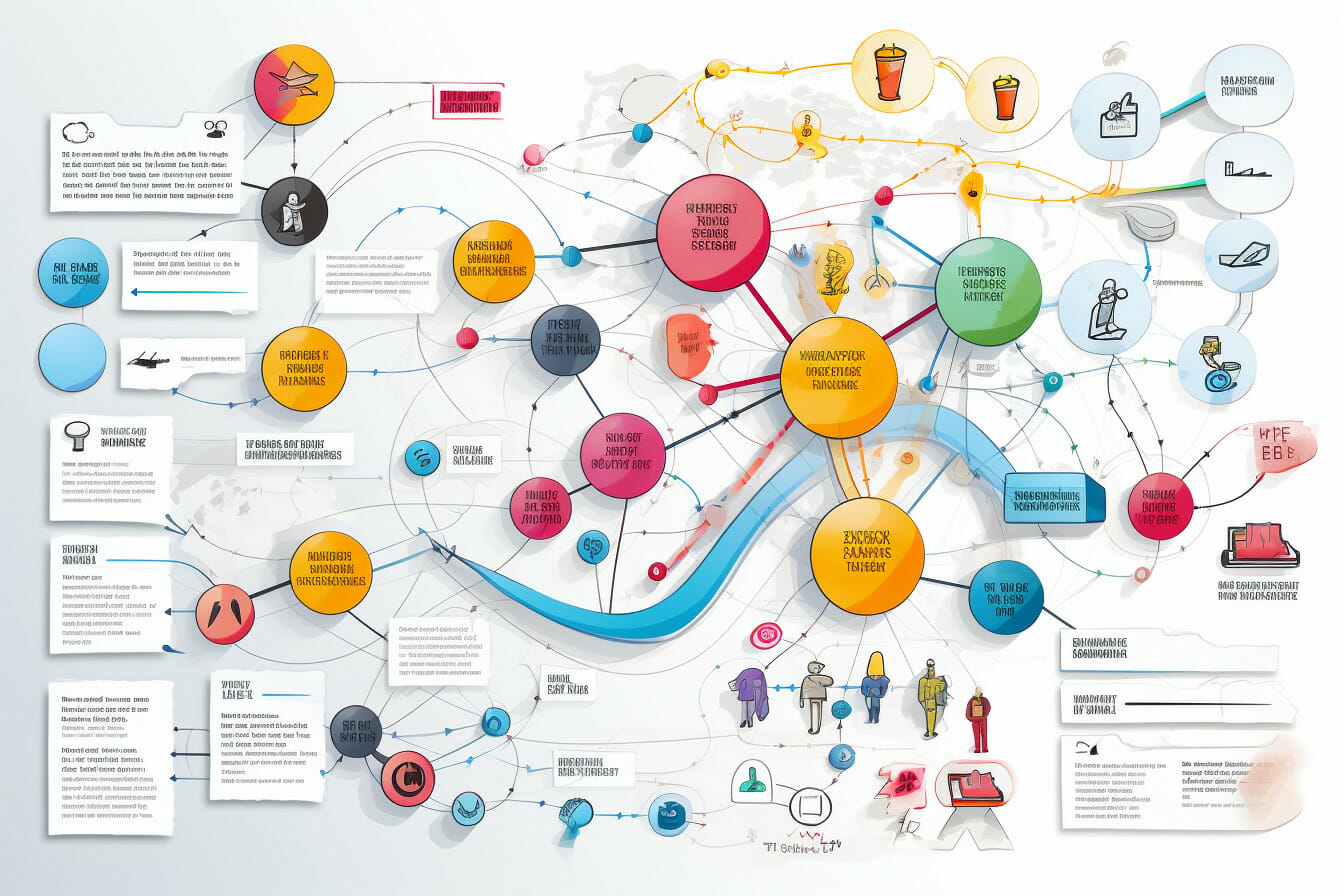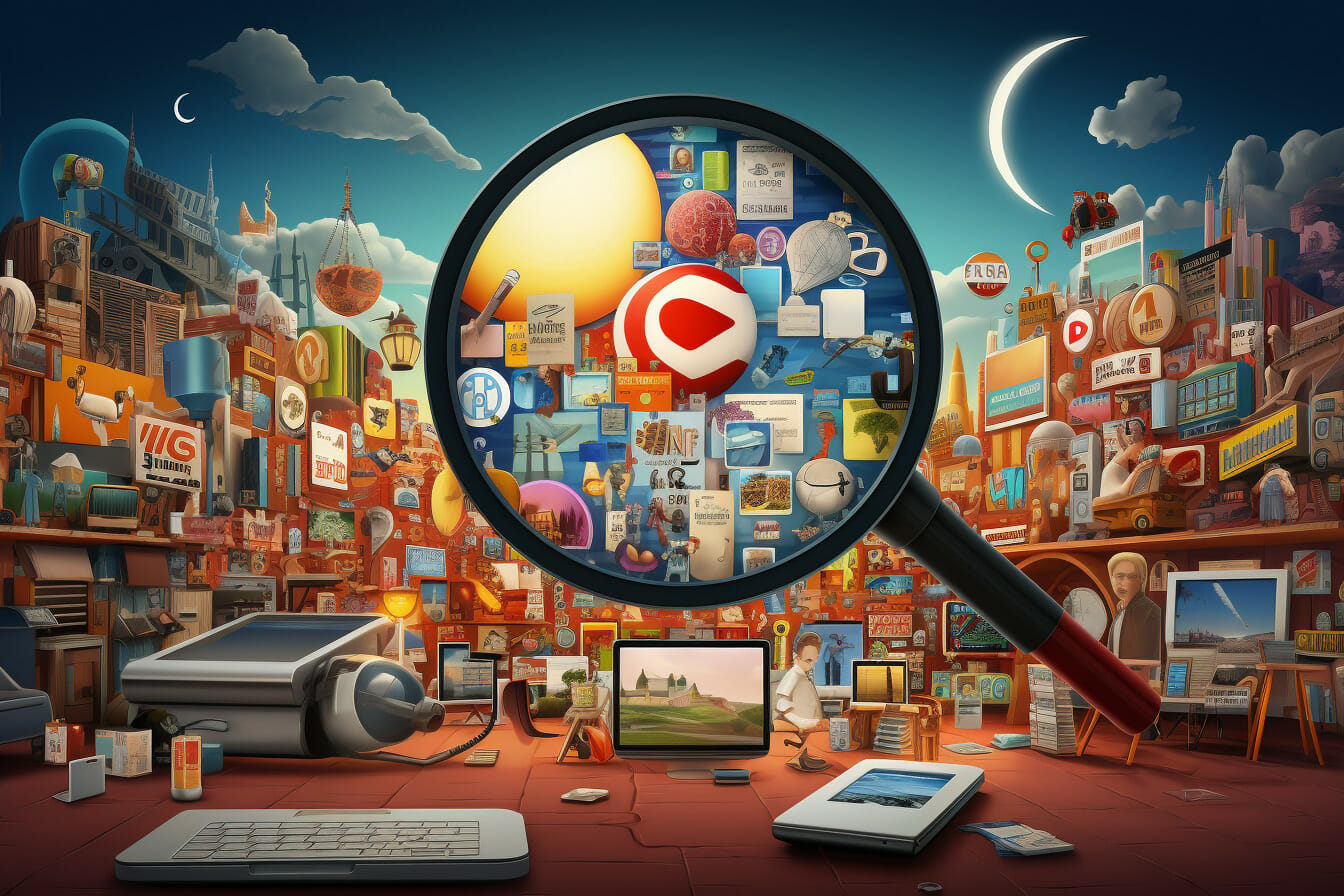Navigating Advertising Agency Essentials
Welcome! Have you ever wondered what goes on behind the scenes of your favorite ad campaigns? In this article, you’ll learn the basics of advertising agencies.
We’ll explore their roles, key staff positions, campaign development, and effectiveness evaluation.
We’ll also dive into different types of agencies.
Get ready to unlock the exciting world of advertising!
Understanding the Role of an Agency
You’ve got to understand that the role of an advertising agency is to create, plan, and manage all aspects of a client’s advertising campaign. They’re the ones who bring your brand to life, crafting a message that resonates with your target audience.
They don’t just make pretty ads; they delve into market research to understand your customers’ needs and wants. It’s their job to strategize the best channels to reach your audience through social media, TV, print, or online platforms.
They’re also responsible for tracking the performance of your campaigns and tweaking them for optimal results.
An advertising agency is a powerful ally in your quest to increase brand awareness, customer engagement, and your business’s bottom line.
Table of Contents
Key Staff Positions in the Industry

In your journey through the marketing world, it’s essential to understand the critical roles that make up the industry. An advertising agency is a well-oiled machine with various staff positions that play crucial roles.
At the top, you’ll find the agency’s management, including the Chief Executive Officer (CEO) and Chief Creative Officer (CCO). They are the visionaries steering the agency’s direction.
Then, you have the Account Executive (AE), the liaison between the agency and the client. The Creative team is the agency’s heart, where copywriters and art directors churn out the campaigns that wow consumers.
Media Planners and Buyers strategically decide where the ads will appear. Lastly, the Traffic Manager ensures all projects are on schedule.
Each role is pivotal to the success of the agency.
The Process of Developing a Campaign
Let’s dive into developing a campaign, a critical step in your marketing journey.
First, you’ll need to identify your target audience. Who are you trying to reach? Understanding their needs, interests, and behaviors will significantly shape your campaign.
Next, define your goals and objectives. What are you hoping to achieve? Is it brand awareness, increased sales, or something else? Your goals will guide your strategy and tactics.
Then, brainstorm creative ideas and choose the best ones. This is where you get to be innovative and unique.
After that, create your ads and decide on the channels to use. Test them, collect feedback, refine, and launch. Remember, analyzing results and making necessary adjustments are critical to your campaign’s success.
Evaluating the Effectiveness of Campaigns

Assessing the effectiveness of your campaigns is crucial to understanding if they’re working and meeting your set objectives. It’s not just about creating and launching campaigns; it’s also about knowing how they’re performing. This involves tracking and analyzing different metrics.
You can use tools like Google Analytics to track your campaigns’ performance. You’ll want to look at metrics like click-through rates, conversion rates, and return on investment. You might also consider engagement metrics like likes, shares, and comments for social media campaigns.
Remember, these numbers don’t just serve as scorecards. They’re insights that can help you refine your strategies, fix what isn’t working, and capitalize on what is. This continual evaluation and adjustment keeps your campaigns effective and your brand’s message resonating with your audience.
Exploring Different Types of Agencies

You might be surprised to find out just how many different types of agencies are out there, each with its specialty and focus.
Traditional full-service agencies handle all aspects of advertising, from strategy to creative development.
Digital agencies focus on online and social media advertising.
Media agencies specialize in buying and planning media space.
Creative boutiques are known for their innovative ideas, while in-house agencies are departments within a company responsible for advertising its products.
Branding agencies create and manage brand identities.
Each one has its unique strengths.
So, when choosing an agency, consider your needs and goals.
Whether you’re launching a social media campaign or rebranding your business, there’s an agency that’s just right for you.
Frequently Asked Questions
What are advertising agencies?
Advertising agencies create, plan, and execute advertising campaigns for their clients. They help businesses reach their target audience through various forms of advertising, such as print, television, radio, digital, and outdoor media.
What are the different types of advertising?
The different types of advertising include print, television, radio, digital, outdoor, and social media advertising.
What is an advertising campaign?
An advertising campaign is a series of coordinated advertisements created and implemented to achieve a specific marketing objective. It involves selecting the target audience, defining the message, choosing the advertising channels, and monitoring the campaign’s performance.
What are the types of advertising agencies?
There are various advertising agencies, including full-service agencies, creative boutiques, media buying agencies, digital marketing agencies, social media agencies, and PR agencies. Each class specializes in different areas of advertising and offers unique services.
What is an advertiser?
An advertiser is an individual or a company that promotes its products, services, or brand through various advertising channels. They work with advertising agencies to create and execute campaigns targeting their desired audience.
Conclusion
In the world of advertising, you’ve now got a grasp on the basics. You’ve learned about the roles, key positions, and the process of crafting campaigns.
You’ve explored how to measure their effectiveness and the different types of agencies.
Navigating the advertising world isn’t easy, but with this knowledge, you’re well on your way.
So, roll your sleeves up and dive in. There’s a whole world of creativity waiting for you.













